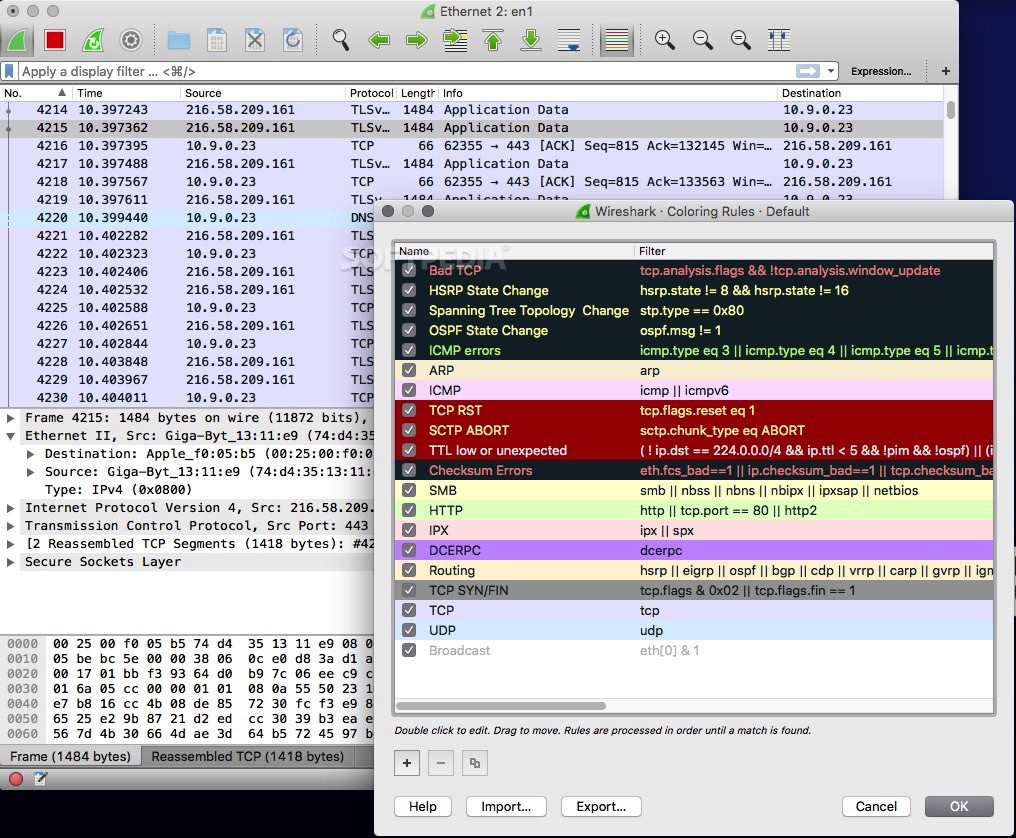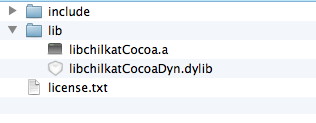Important:This document may not represent best practices for current development. Links to downloads and other resources may no longer be valid.
Cocoa and Cocoa Touch are the application development environments for OS X and iOS, respectively. Both Cocoa and Cocoa Touch include the Objective-C runtime and two core frameworks:
Cocoa, which includes the Foundation and AppKit frameworks, is used for developing applications that run on OS X.
Cocoa Touch, which includes Foundation and UIKit frameworks, is used for developing applications that run on iOS.
Mac Applications filed under: cocoa (36 items) Free Trial Driver Booster 6 PRO (60% OFF when you buy) Apps filed under: cocoa. 457 downloads; 128 KB. Download CoCoA and DRAG the CoCoA-4.7 folder into the Applications folder. May 2006: Suggested Emacs application (a proper Emacs with a remarkable Macintosh 'feel') Carbon Emacs Package (for Mac OS X 10.4 or later). Cocoa and Cocoa Touch are the application development environments for OS X and iOS, respectively. Both Cocoa and Cocoa Touch include the Objective-C runtime and two core frameworks: Cocoa, which includes the Foundation and AppKit frameworks, is used for developing applications that run on OS X.

Note: The term “Cocoa” has been used to refer generically to any class or object that is based on the Objective-C runtime and inherits from the root class, NSObject. The terms “Cocoa” or “Cocoa Touch” are also used when referring to application development using any programmatic interface of the respective platforms.
The Frameworks
The Foundation framework implements the root class, NSObject, which defines basic object behavior. It implements classes that represent primitive types (for example, strings and numbers) and collections (for example, arrays and dictionaries). Foundation also provides facilities for internationalization, object persistence, file management, and XML processing. You can use its classes to access underlying system entities and services, such as ports, threads, locks, and processes. Foundation is based on the Core Foundation framework, which publishes a procedural (ANSI C) interface.
You use the AppKit and UIKit frameworks for developing an application’s user interface. These two frameworks are equivalent in purpose but are specific to a platform. They include classes for event handling, drawing, image-handling, text processing, typography, and interapplication data transfer. They also include user-interface elements such as table views, sliders, buttons, text fields, and alert dialogs.


Cocoa Mac Download Full
The Language
Cocoa Rest Client For Mac Download
Objective-C is the native, primary language for developing Cocoa and Cocoa Touch applications. However, projects for Cocoa and Cocoa Touch applications may include C++ and ANSI C code. Additionally, you can develop Cocoa applications using scripting languages that are bridged to the Objective-C runtime, such as PyObjC and RubyCocoa.
Related Articles
Cocoa Mac Download Windows 10


Copyright © 2018 Apple Inc. All Rights Reserved. Terms of Use | Privacy Policy | Updated: 2018-04-06
cocoaNEC 2.0
Kok Chen, W7AY [w7ay (at) arrl (dot) net]
cocoaNEC 2.0 is a Mac OS X application for designing and modeling antennas. As indicated by the name, cocoaNEC uses the Cocoa framework of Mac OS X.
The application is free and it can be downloaded from the Download page (which can also be accessed by using the Download tab button at the top of this page). The Xcode project with the cocoaNEC sources can also be downloaded from the same page. For non-commercial use, the source code for cocoaNEC 2.0 is free.
Online tutorials, reference manuals and example files for the application are available through the User's Manualtab button. The What's New page lists features that have changed since the previously released versions of cocoaNEC 2.0.
The Snow Leopard version of cocoaNEC makes use of the Grand Central Dispatch technology in Mac OS X to make use of all the cores on a modern Intel based Macintosh. This version works on both Snow Leopard (Mac OS X 10.6) and Lion (Mac OS X 10.7).
The Tiger version of cocoaNEC 2.0 is a Universal Binary application. It runs natively on both Intel based and PowerPC based Macintosh computers that use Mac OS X 10.4 (Tiger) or newer.
Except for the graphics elements, the Tiger version of cocoaNEC uses multiple cores of a processor only when modeling an antenna at multiple frequencies. The Snow Leopard version will use multiple cores for other parts of NEC-2 that are compute intensive.
Please note that the NEC-4 engine cannot make use of Grand Central Dispatch even with the Snow Leopard version of cocoaNEC. Except for the graphics portion of cocoaNEC, multi-core acceleration only functions when you use the internal NEC-2 engine.